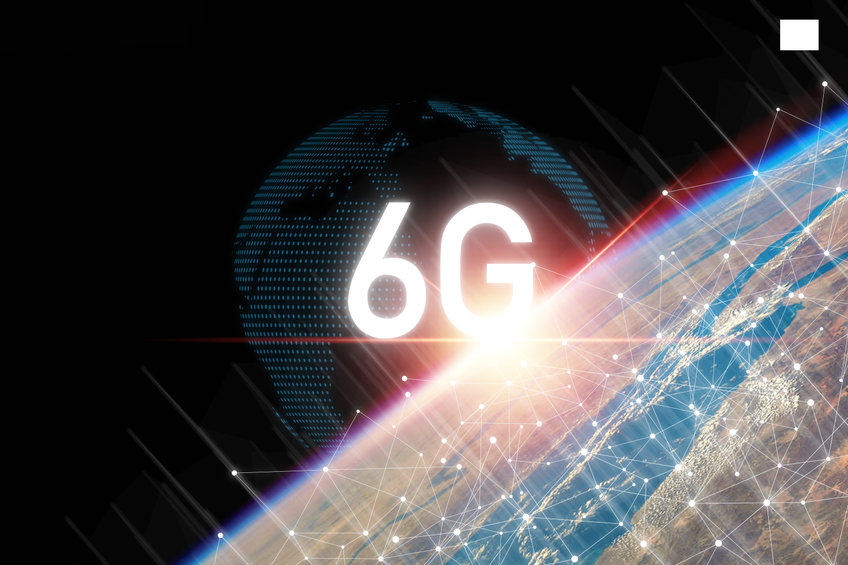Keysight, NPL, and the University of Surrey established the first sub-THz high throughput 6G testbed in the U.K.
Keysight Technologies, in collaboration with National Physical Laboratory (NPL) and the University of Surrey, claimed the first 6G connection at speeds over 100 Gbps over sub-terahertz (THz) frequencies in the U.K.
The company noted that future 6G use cases, such as augmented reality and autonomous vehicles, will require data throughput speeds from 100 Gbps to 1 terabit per second (Tbps). To achieve the data speeds and low latencies required by these use cases, the use of sub-THz frequencies is being explored. However, operations in sub-THz frequency bands introduce signal integrity and path loss challenges that can negatively impact performance, Keysight said.
Keysight, NPL and the University of Surrey established the first sub-THz high throughput 6G testbed in the U.K. to address these challenges. Funded by the U.K. government for 6G research, NPL and Surrey scientists are using the testbed to study and characterize sub-THz signal performance to generate new techniques for optimizing data paths and calibration methodologies.
Located at NPL, this new 6G testbed achieved what it claimed to be the U.K.’s first high-speed sub-THz data link. The demonstration was made at a frequency of 300 GHz using both 32 and 64 quadrature amplitude modulation (QAM). Built on Keysight’s 6G Sub-Terahertz R&D Testbed, the testbed uses the M8194A Arbitrary Waveform Generator (AWG) combined with Virginia Diode (VDI) upconverters/downconverters to generate the signal and Keysight’s UXR0704A Infiniium multichannel high-performance 70 GHz oscilloscope to analyze the signal.
Irshaad Fatadin, principal scientist at the National Physical Laboratory, said: “6G is a key focus for NPL and we are using our scientific and measurement capabilities to tackle the challenges of this new technology. Our partnership with Keysight will be a critical success factor in our 6G research work.”
“Through this partnership we are bringing Keysight solutions and experts together with scientists from NPL and the University of Surrey to unlock the true potential of 6G,” said Mosaab Abughalib, senior research director and general manager for Keysight’s Network Emulation Group.
In January, Keysight Technologies said it was joining with 16 other companies and organizations to coordinate a European 6G testbed program, the 6G-SANDBOX program funded by Horizon Europe to help promote a European supply chain for advanced wireless systems.
6G-SANDBOX seeks to develop “EU-wide experimentation platforms to test promising technical 6G enablers, such as network intelligence, artificial intelligence, security, flexible multi-tenancy architecture, digital twins and reconfigurable intelligent surfaces.
6G systems are expected to be commercially launched by 2030, while the first phase of standardization will likely start from 2025, leading to the first 6G specification in 3GPP Release 21 by 2028. However, South Korea’s Ministry of Science and ICT recently unveiled plans to commercialize an initial 6G network service in 2028.

